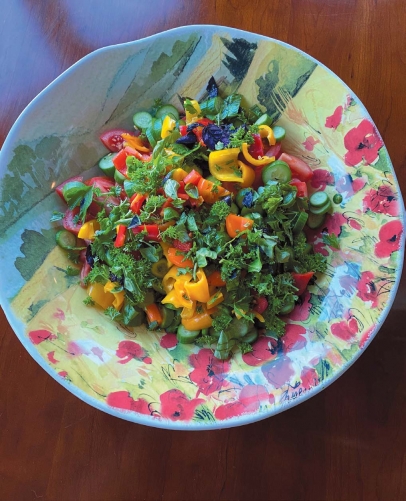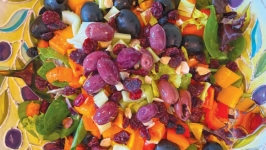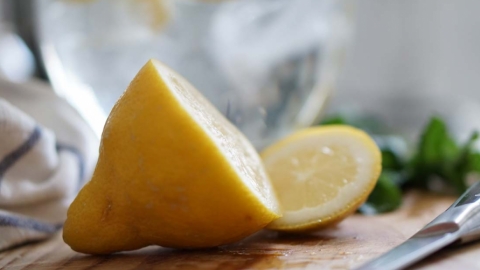Pleasing the Eye, not just the Stomach
There is no need to check the calendar to determine the time of year. Merely look to the kitchen, where the tale will be told. Every culture has a name for it; you cook what nature provides, using whatever ingredients are at hand.
In the south of Italy, we call it Cucina Povera, the cooking or kitchen of the poor. Born of a time when poverty gripped the rugged south of Italy, this cuisine took simple ingredients and transformed them into something delicious and pleasing to the eye.
Meat was a luxury and in short supply, generally reserved for holidays, if then. Vegetables, herbs and garlic were a better bet, as most families struggled to turn the rocky hillsides into cropland. If you had fish of any sort, it was truly a feast. Pasta was homemade, consisting only of Semolina flour, salt and water. Olive oil was an essential ingredient, harvested from tenacious olive trees, many hundreds of years old. Top the creation with a small amount of grated sharp aged cheese, and it is time to head to the wine cellar to secure the fruit of the vine, aiding the celebration of the meal. Food, we know, is more than just sustenance. No matter the circumstance, it is always a celebration of life.
I have always prided myself in knowing I could make an appealing pasta dish from anything I had in the pantry. I was lucky to learn this skill from my mother, and she from hers. A few anchovies, some cherry tomatoes, cloves of garlic, olive oil, parsley and a handful of spaghetti or bucatini yields one of the tastiest pasta dishes ever conjured up by people to whom cooking is more than just a ritual. It is rather, an art.
Autumn is the perfect time of year to capture the colors of a garden’s harvest and create a dish that is a culinary work of art. There is no better time to consider the plate as a palette, as the gardens and farmer’s markets are brimming with nature’s bounty. We are blessed with deep purple eggplant and heirloom tomatoes showing their colors of green, yellow, pink and red.
Peppers are offered in red, yellow, purple and orange. Purple and green basil, sage that resembles a subtle bouquet, fragrant rosemary with its spikey appearance, and an abundance of curly and flat leaf parsley are just waiting to add the perfect color, flavor and texture to your dish. A simple salad is simple no more.
Like a painting, the color and the composition transform the ordinary into a masterpiece. No dish is ever finished until the colors are right, and the colors are right before you. All that is left is the artistry of using them without hesitation.
An Italian chef once imparted this wisdom to me: “First, you eat with your eyes.” The appearance of the dish triggers the desire to partake of the meal. And until that moment, perhaps this was something you didn’t even know you wanted to eat.








